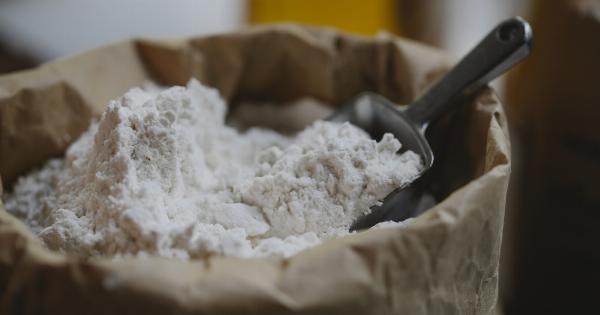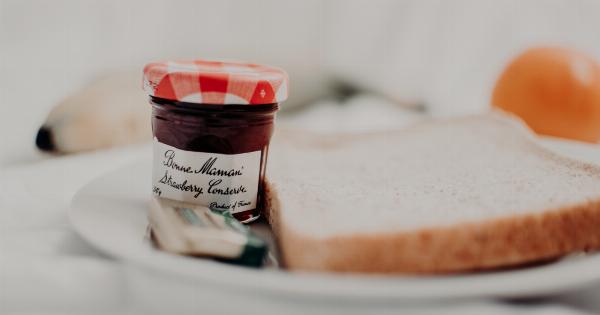When it comes to baking, we all know that the amount of sugar in a recipe can greatly affect the overall taste. But what happens when you add too much sugar? The answer is simple: the taste becomes too sweet and can be overwhelming for some people.
This is where the technique of neutralization comes in. In this article, we will explore the concept of neutralization and provide some tips on how to master the art of sweetering.
What is Neutralization?
Neutralization is the process of balancing or counteracting a flavor that is too strong. In baking, this technique is commonly used to bring down the sweetness level of a dessert.
By doing so, the other flavors in the dessert become more prominent and create a more balanced overall taste.
For example, let’s say you are making a batch of chocolate chip cookies and accidentally add too much sugar. The cookies will end up being too sweet and may overpower the taste of the chocolate chips.
To neutralize the sweetness, you could add a pinch of salt or some lemon juice to the batter. The salt or acid will help to balance out the sweetness and bring out the other flavors in the cookie.
Common Neutralizing Agents
There are a few common neutralizing agents used in baking. These include:.
- Lemon or Lime Juice
- Vinegar
- Salt
- Baking Soda
- Cocoa Powder
- Flour
- Milk or Cream
Each of these ingredients works in a slightly different way to neutralize sweetness. Lemon or lime juice and vinegar are acidic and can cut through the sweetness of a dessert. Salt enhances other flavors and can help to balance out the sweetness.
Baking soda reacts with acid in the batter to create carbon dioxide, which can help to reduce sweetness. Cocoa powder is bitter and can help to balance out overly sweet desserts. Flour absorbs liquid and can help to reduce the sweetness by diluting the sugar content. Milk or cream can cut through the sweetness and provide a richness to the dessert.
Tips for Mastering the Art of Sweetering
Now that you know what neutralization is and some common neutralizing agents, here are some tips for mastering the art of sweetering:.
1. Start with a recipe
It can be tempting to experiment with your own recipes, but if you’re just starting to learn about neutralization, it’s best to start with a tried and true recipe.
This will give you a baseline for the sweetness level of the dessert and allow you to make adjustments as needed.
2. Taste as you go
As you’re making your dessert, be sure to taste the batter or dough as you add ingredients. This will help you to detect if the sweetness level is getting too high and allow you to make adjustments in real time.
3. Don’t overcompensate
If you do end up adding too much sugar to your dessert, be careful not to overdo it with the neutralizing agent. Adding too much of an ingredient like salt or lemon juice can make the dessert taste off or even inedible.
4. Keep notes
As you experiment with neutralizing different desserts, be sure to keep notes on what worked and what didn’t.
This will help you to remember which neutralizing agents work best for different types of desserts and will make it easier to adjust recipes in the future.
Conclusion
Neutralization is an important technique to master if you want to create balanced and delicious desserts.
By using the right neutralizing agent and following some simple tips, you can bring down the sweetness level of your desserts and allow the other flavors to shine through. So next time you accidentally add too much sugar to your dessert, don’t despair! With the right tools and techniques, you can always neutralize the sweetness and create a dessert that everyone will enjoy.































